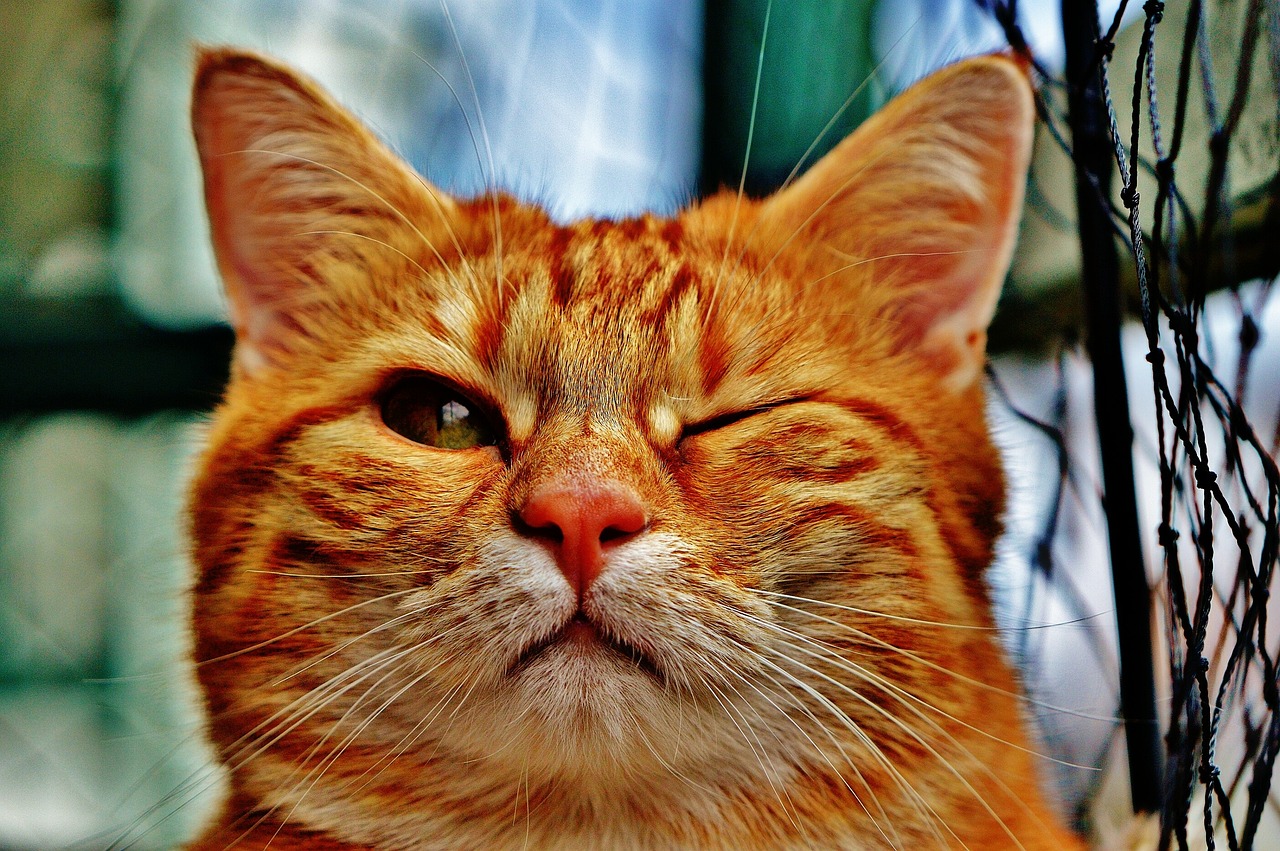Keeping our furry, scaled, or feathered companions healthy and happy is a top priority for any pet owner. Pet wellness encompasses everything from their physical health and nutritional needs to their mental and emotional well-being. By understanding the key aspects of pet wellness and proactively taking steps to improve it, we can ensure our pets live longer, healthier, and more fulfilling lives. This blog post will delve into essential components of pet wellness, offering practical advice and insights to help you provide the best possible care for your beloved animal companions.
Nutrition for Optimal Pet Health
Good nutrition is the cornerstone of pet wellness. Feeding your pet a balanced and appropriate diet can significantly impact their energy levels, coat condition, immune system, and overall health.
Choosing the Right Food
Selecting the right food for your pet depends on several factors, including their species, breed, age, activity level, and any specific health conditions.
- Species-Specific Needs: Different animals have vastly different dietary requirements. Cats are obligate carnivores and require a diet rich in animal protein, while dogs are omnivores and can thrive on a more varied diet.
- Life Stage Considerations: Puppies and kittens require nutrient-dense food to support their rapid growth, while senior pets may need lower-calorie options to maintain a healthy weight.
- Reading Food Labels: Understand how to decipher pet food labels. Look for quality protein sources as the primary ingredient and be wary of excessive fillers or artificial additives.
- Example: A large breed puppy requires a diet specifically formulated for large breeds. These diets control the levels of calcium and phosphorus to help prevent rapid bone growth, reducing the risk of developing hip dysplasia or other skeletal problems. A senior cat, on the other hand, might benefit from a diet lower in phosphorus to support kidney health.
Hydration is Key
Adequate hydration is crucial for all pets, aiding in digestion, temperature regulation, and organ function.
- Fresh Water Availability: Ensure your pet always has access to fresh, clean water. Clean their water bowls daily to prevent bacterial growth.
- Signs of Dehydration: Learn to recognize signs of dehydration, such as lethargy, sunken eyes, and decreased skin elasticity.
- Encouraging Water Intake: For pets that don’t drink enough, consider adding wet food to their diet or using a pet water fountain.
- Practical Tip: If you suspect your pet is dehydrated, consult with your veterinarian immediately.
Avoiding Dietary Dangers
Many human foods are toxic to pets. It’s important to be aware of these dangers and keep them out of your pet’s reach.
- Foods to Avoid: Chocolate, onions, garlic, grapes, raisins, avocado, and foods containing xylitol are all toxic to pets.
- Secure Storage: Store food and medications safely to prevent accidental ingestion.
- Educate Your Household: Make sure everyone in your household is aware of what your pet can and cannot eat.
- Important Note: If your pet ingests a potentially toxic substance, contact your veterinarian or the ASPCA Animal Poison Control Center immediately.
The Importance of Regular Veterinary Care
Preventative care and regular check-ups are essential for maintaining your pet’s health and detecting potential problems early.
Annual or Biannual Check-Ups
Regular veterinary visits allow your veterinarian to assess your pet’s overall health, administer necessary vaccinations, and screen for potential health issues.
- Physical Examinations: Your veterinarian will perform a thorough physical examination, checking your pet’s vital signs, weight, and looking for any signs of illness.
- Vaccinations: Vaccinations protect your pet from a variety of infectious diseases. Your veterinarian will recommend a vaccination schedule based on your pet’s age, lifestyle, and risk factors.
- Parasite Prevention: Parasites like fleas, ticks, and heartworms can cause serious health problems. Your veterinarian can recommend preventative medications to protect your pet.
- Data Point: According to the American Veterinary Medical Association (AVMA), pets who receive regular preventative care live longer and have a higher quality of life.
Dental Health
Dental health is often overlooked, but it’s a crucial component of overall pet wellness. Dental disease can lead to pain, infection, and even organ damage.
- Regular Dental Cleanings: Schedule regular professional dental cleanings with your veterinarian to remove plaque and tartar buildup.
- Home Dental Care: Brush your pet’s teeth regularly using pet-specific toothpaste. You can also use dental chews or toys to help keep their teeth clean.
- Signs of Dental Disease: Be aware of signs of dental disease, such as bad breath, excessive drooling, difficulty eating, and bleeding gums.
- Practical Tip: Start brushing your pet’s teeth when they are young to help them get used to the process.
Recognizing and Addressing Health Issues
Being observant of your pet’s behavior and appearance can help you detect potential health issues early.
- Changes in Appetite or Thirst: Sudden changes in appetite or thirst can indicate a variety of health problems.
- Lethargy or Weakness: If your pet is unusually tired or weak, it’s important to consult with your veterinarian.
- Vomiting or Diarrhea: Occasional vomiting or diarrhea may not be a cause for concern, but persistent or severe symptoms warrant a veterinary visit.
- Skin Problems: Skin problems, such as itching, redness, or hair loss, can be caused by allergies, infections, or parasites.
- Actionable Takeaway: If you notice any changes in your pet’s behavior or appearance, don’t hesitate to contact your veterinarian. Early detection and treatment can significantly improve your pet’s prognosis.
Exercise and Mental Stimulation
Physical exercise and mental stimulation are crucial for maintaining your pet’s physical and mental well-being.
Physical Activity
Regular exercise helps pets maintain a healthy weight, build muscle mass, and release pent-up energy.
- Species-Specific Exercise: Different animals require different types of exercise. Dogs benefit from walks, runs, and playtime, while cats enjoy climbing, scratching, and interactive play.
- Tailoring Exercise to Needs: Consider your pet’s breed, age, and health conditions when planning their exercise routine.
- Outdoor Activities: Encourage outdoor activities whenever possible, but always supervise your pet to ensure their safety.
- Example: A high-energy dog like a Border Collie needs a lot more exercise than a less active breed like a Bulldog. A senior pet with arthritis may need shorter, more frequent walks to avoid overexertion.
Mental Enrichment
Mental stimulation is just as important as physical exercise. It helps prevent boredom, reduces stress, and keeps your pet’s mind sharp.
- Puzzle Toys: Puzzle toys can provide hours of entertainment and mental stimulation.
- Training and Obedience: Training and obedience classes are a great way to bond with your pet and provide mental enrichment.
- Interactive Play: Engage in interactive play with your pet, such as fetch, tug-of-war, or hide-and-seek.
- Environmental Enrichment: Provide a stimulating environment for your pet with toys, climbing structures, and places to explore.
- Practical Tip: Rotate your pet’s toys regularly to keep them interested and engaged.
Maintaining a Healthy Weight
Obesity is a common problem in pets and can lead to a variety of health issues, including diabetes, arthritis, and heart disease.
- Monitoring Weight: Regularly weigh your pet and track their weight over time.
- Adjusting Food Portions: Adjust your pet’s food portions as needed to maintain a healthy weight.
- Increasing Activity Levels: Increase your pet’s activity level to help them burn calories and lose weight.
- Consulting with Your Veterinarian: If you’re concerned about your pet’s weight, consult with your veterinarian for guidance.
- Data Point: According to the Association for Pet Obesity Prevention (APOP), an estimated 59.5% of cats and 55.8% of dogs in the United States are overweight or obese.
Creating a Safe and Comfortable Environment
A safe and comfortable environment is essential for your pet’s well-being.
Pet-Proofing Your Home
Protecting your pet from potential hazards in your home is crucial.
- Securing Hazardous Substances: Keep cleaning supplies, medications, and other hazardous substances out of your pet’s reach.
- Covering Electrical Cords: Cover electrical cords to prevent your pet from chewing on them.
- Removing Toxic Plants: Remove any toxic plants from your home.
- Example: Lilies are highly toxic to cats, even in small amounts. It’s best to avoid keeping lilies in your home if you have a cat.
Providing a Comfortable Living Space
Your pet needs a comfortable and safe place to rest and relax.
- Comfortable Bedding: Provide a comfortable bed or resting area for your pet.
- Quiet Space: Ensure your pet has a quiet space where they can retreat when they need to relax.
- Temperature Control: Maintain a comfortable temperature in your home.
- Actionable Takeaway: Observe your pet’s behavior and adjust their living space to meet their needs.
Socialization and Training
Proper socialization and training are important for pets to develop into well-adjusted companions.
- Early Socialization: Expose puppies and kittens to a variety of people, places, and experiences at a young age.
- Positive Reinforcement Training: Use positive reinforcement techniques to train your pet.
- Addressing Behavioral Issues: If your pet is exhibiting behavioral issues, consult with a professional trainer or behaviorist.
- Important Note: Never use punishment-based training methods, as they can damage your relationship with your pet and lead to behavioral problems.
Conclusion
Pet wellness is an ongoing commitment that requires dedication, knowledge, and proactive care. By prioritizing good nutrition, regular veterinary care, exercise, mental stimulation, and a safe environment, you can significantly improve your pet’s quality of life. Remember to always consult with your veterinarian for personalized advice and guidance on how to best care for your individual pet’s needs. Investing in your pet’s well-being is an investment in a long and happy life together.




